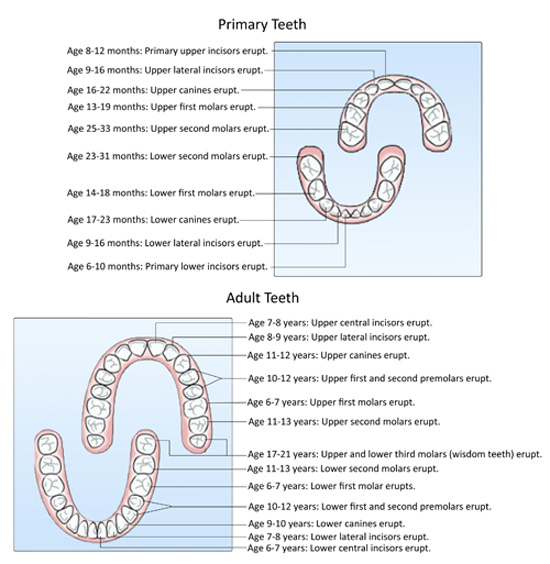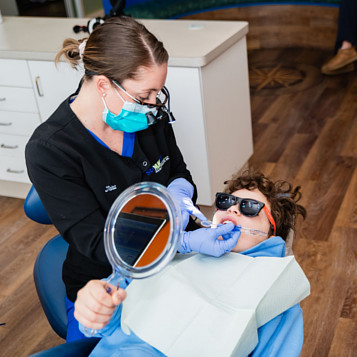Brushing Your Teeth
It's very important to brush and floss after every meal in order to keep your teeth and gums healthy. If you need help choosing the right toothbrush, toothpaste, and dental floss, please ask us and we can help you choose the right products for your teeth.
- Brushing Instructions
-
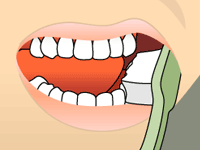
Brushing: Step 1
Place your toothbrush at a 45-degree angle to your gum.
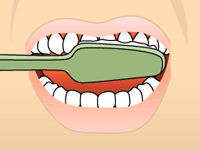
Brushing: Step 2
Brush gently in a circular motion.
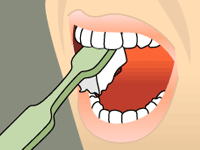
Brushing: Step 3
Brush the outer, inner, and chewing surfaces of each tooth.
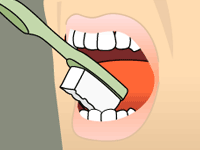
Brushing: Step 4
Use the tip of your brush for the inner surface of your front teeth.
- Flossing Instructions
-
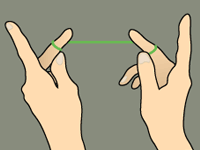
Flossing: Step 1
Wind about 18 inches of floss around your fingers as shown. Most of it should be wrapped around one finger, and the other finger takes it up as the floss is used.
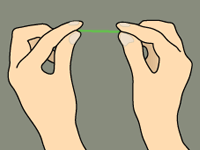
Flossing: Step 2
Use your thumbs and forefingers to guide about one inch of floss between your teeth.
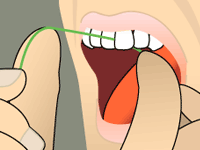
Flossing: Step 3
Holding the floss tightly, gently saw the floss between your teeth. Then curve the floss into a C-shape against one tooth and gently slide it beneath your gums.
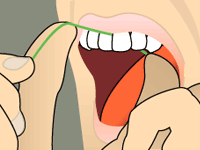
Flossing: Step 4
Slide the floss up and down, repeating for each tooth.
-
Practicing good oral hygiene means maintaining your smile by visiting the dentist regularly and taking care of your teeth and gums between checkups. Our practice wants to make sure that you get the most out of your office visits, and that your teeth stay healthy for life! We'll work with you to provide complete dental care, and show you how to maintain your smile at home with the right dental products for you and your family.
Dental Cleanings and Regular Checkups
Regular dental checkups are an important part of maintaining your oral health. During your regular checkup, your hygienist will:
Check for any problems that you may not see or feel Look for cavities or any other signs of tooth decay Inspect your teeth and gums for gingivitis and signs of periodontal disease Provide a thorough teeth cleaning, rinse, and polishVisiting the dentist every six months gives you the chance to talk with your doctor and receive answers for any questions you may have about your oral health. Checkups are also a great way for you to find out about new treatments that may benefit your smile.
Choosing the Right Toothpaste and Toothbrush
From toothpaste and mouthwash to toothbrushes and dental floss, it's important to choose the right products for your smile. Keep in mind that when you're looking for a new toothpaste or toothbrush, be sure to choose one that has been approved by the American Dental Association (ADA). Your dentist can also help by recommending certain dental products for use at home.
Learn More
Did you know that at birth, people already have 20 primary (baby) teeth that begin erupting after six months, and that by age 21, there are no more primary teeth, and all 32 permanent teeth have erupted?
Getting to know your teeth can be fun and educational!
Anatomy of a Tooth
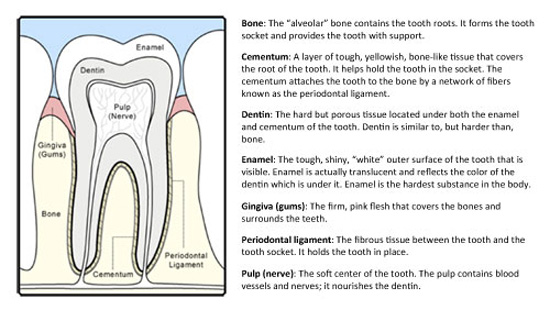
Tooth Eruption Chart
